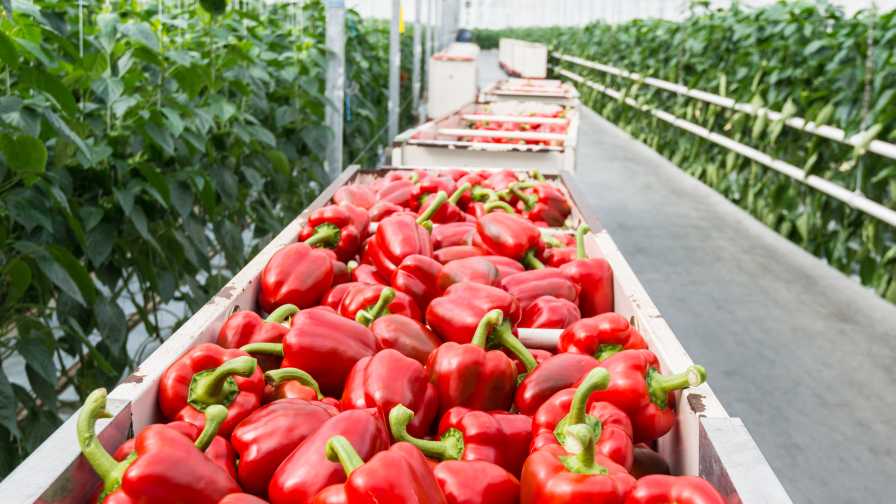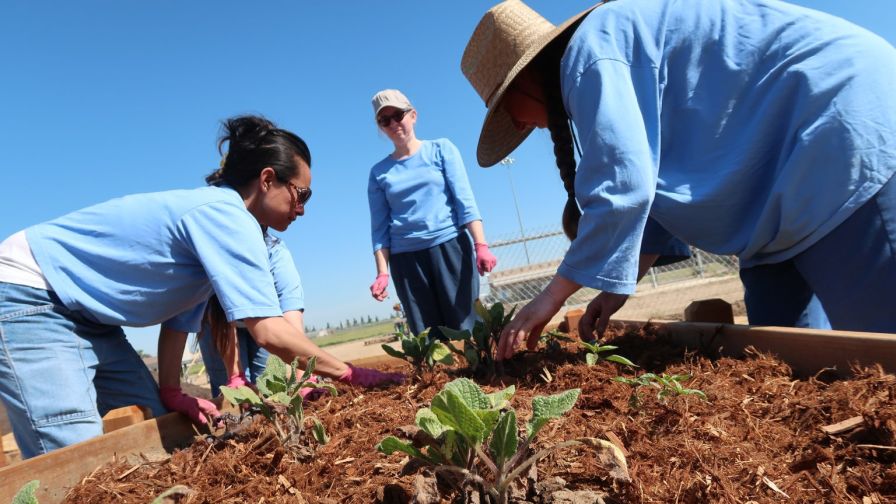Scientists Working to Build Better Peppers

Greenhouse growers deal with plenty of pests, and it’s the ones below ground, like root-knot nematodes, that can be especially frustrating. More greenhouse pepper growers are looking for non-chemical ways to control these microscopic, parasitic worms. In the search to find ways to make bell pepper varieties that are genetically resistant to root-knot nematodes, University of Florida scientists are getting warmer — literally.
As of 2019, the amount of bell peppers harvested in the U.S. is equivalent to 38,300 acres, with Florida accounting for 31%, or 11,800 acres, according to USDA statistics. Florida farmers grow far more sweet bell peppers than the hot varieties, says Bala Rathinasabapathi, a University of Florida Institute of Food and Agricultural Sciences (UF/IFAS) Professor of Horticultural Sciences. But, it appears components of the spicy selections can prove invaluable to the popular bells.
“The variety we developed, although a hot pepper, can be used as a rootstock for bell peppers by using grafting,” Rathinasabapathi says. “Root-knot nematodes do their damage in the plant’s root, and if one uses a rootstock that is resistant to the nematode, the plant will not be affected much by the nematode.”
Mixing Hot and Sweet
Rathinasabapathi led a study published in the journal HortScience in which he and his colleagues found a type of UF/IFAS-bred chile that shows resistance to the root-knot nematode. Through greenhouse and laboratory tests at the main UF campus in Gainesville, FL, Rathinasabapthi and his team screened a handful of bell pepper varieties.
They found that one advanced bell pepper variety — ‘RJ107(6)A3C’ — was the most resistant to three species of the most common root-knot nematodes – southern, peanut, and peach. UF/IFAS scientists developed this pepper by cross-breeding a hot pepper line and a sweet pepper. Fruit from the ‘RJ107(6)A3C’ line is hot and can be used to make tasty pickles, Rathinasabapathi added.
The study was made possible through grant funding from USDA and the Florida Department of Agriculture and Consumer Services.
Now that genetic resistance has been found, Rathinasabapthi says the work has only just begun in helping growers knock out nematodes and reduce and/or eliminate the need for crop protection practices involving fumigants.
“We would like to transfer the resistance gene into sweet bell pepper hybrids via conventional breeding,” he says.










